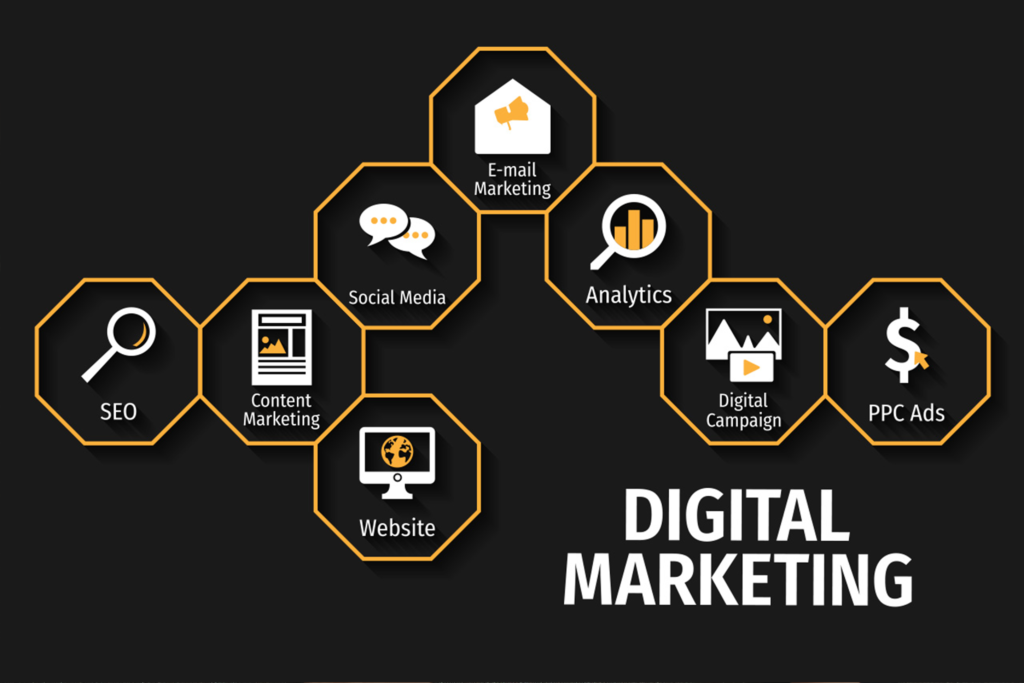In today’s digital age, having a strong online presence is essential for businesses looking to reach a wider audience, drive sales, and stay competitive. E-commerce development plays a crucial role in enabling businesses to establish and maintain an effective online storefront, providing customers with a seamless and secure shopping experience. In this comprehensive guide, we’ll explore the key elements of e-commerce development and provide actionable tips to help you build a successful online store.
What is E-Commerce Development?
E-commerce development is the process of creating and optimizing an online platform where businesses can sell products or services to customers over the internet. From designing the user interface and implementing secure payment gateways to optimizing for search engines and ensuring a smooth checkout process, e-commerce development encompasses a wide range of technical and strategic considerations to deliver a seamless and engaging shopping experience for customers.
The Benefits of E-Commerce Development
- Global Reach: E-commerce platforms enable businesses to reach customers anywhere in the world, breaking down geographical barriers and expanding their market reach beyond traditional brick-and-mortar boundaries.
- 24/7 Availability: Unlike physical stores with limited operating hours, e-commerce websites are accessible to customers 24/7, allowing them to browse, shop, and make purchases at their convenience.
- Scalability: E-commerce platforms can scale with the growth of your business, accommodating an increasing number of products, customers, and transactions without the need for significant infrastructure investments.
- Data-Driven Insights: E-commerce platforms provide businesses with valuable data and insights into customer behavior, preferences, and purchase patterns. By analyzing this data, businesses can make informed decisions to optimize their products, pricing, and marketing strategies.
- Cost-Effectiveness: E-commerce development eliminates many of the overhead costs associated with traditional retail, such as rent, utilities, and staffing. This cost savings can be passed on to customers in the form of competitive pricing and promotions.
Key Elements of E-Commerce Development
- Platform Selection: Choose the right e-commerce platform for your business based on factors such as scalability, customization options, integration capabilities, and budget. Popular e-commerce platforms include Shopify, WooCommerce, Magento, and BigCommerce.
- User Experience (UX) Design: Design an intuitive and user-friendly interface that makes it easy for customers to navigate your website, find products, and complete purchases. Pay attention to factors such as page load times, mobile responsiveness, and checkout process optimization to enhance the overall user experience.
- Product Catalog Management: Organize and manage your product catalog effectively, including product images, descriptions, pricing, and inventory levels. Use categories, filters, and search functionality to help customers find the products they’re looking for quickly and easily.
- Secure Payment Processing: Implement secure payment gateways that encrypt sensitive customer information and protect against fraud and unauthorized access. Offer multiple payment options to accommodate different customer preferences and increase conversion rates.
- Search Engine Optimization (SEO): Optimize your e-commerce website for search engines to improve its visibility and ranking in search results. Conduct keyword research, optimize product pages and metadata, and earn backlinks from reputable websites to drive organic traffic and attract potential customers.
- Customer Support and Communication: Provide excellent customer support and communication throughout the shopping journey, from pre-purchase inquiries to post-purchase support. Offer multiple channels for customers to reach out, such as live chat, email, and phone support, and respond promptly to inquiries and concerns.
- Analytics and Performance Tracking: Monitor and analyze key performance metrics such as website traffic, conversion rates, average order value, and customer lifetime value. Use analytics tools and reporting dashboards to gain insights into your e-commerce performance and identify areas for improvement.
Conclusion
E-commerce development is a critical component of modern business strategy, enabling businesses to establish a strong online presence, reach a wider audience, and drive sales and revenue. By investing in e-commerce development and optimizing for user experience, security, and performance, businesses can create a seamless and engaging online shopping experience that delights customers and drives long-term success.
Ready to take your e-commerce development to the next level? Contact us today to learn how our team of e-commerce experts can help you build and optimize a successful online store that drives results for your business.

